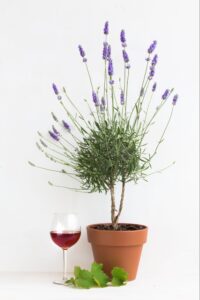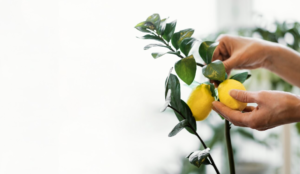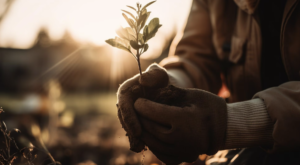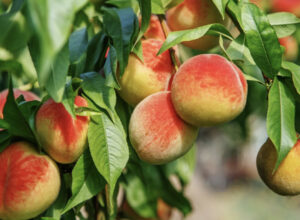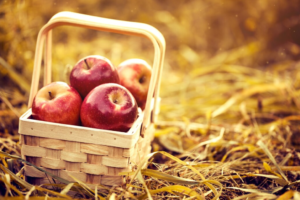Essential Steps on How to Care for a Peach Tree Effectively
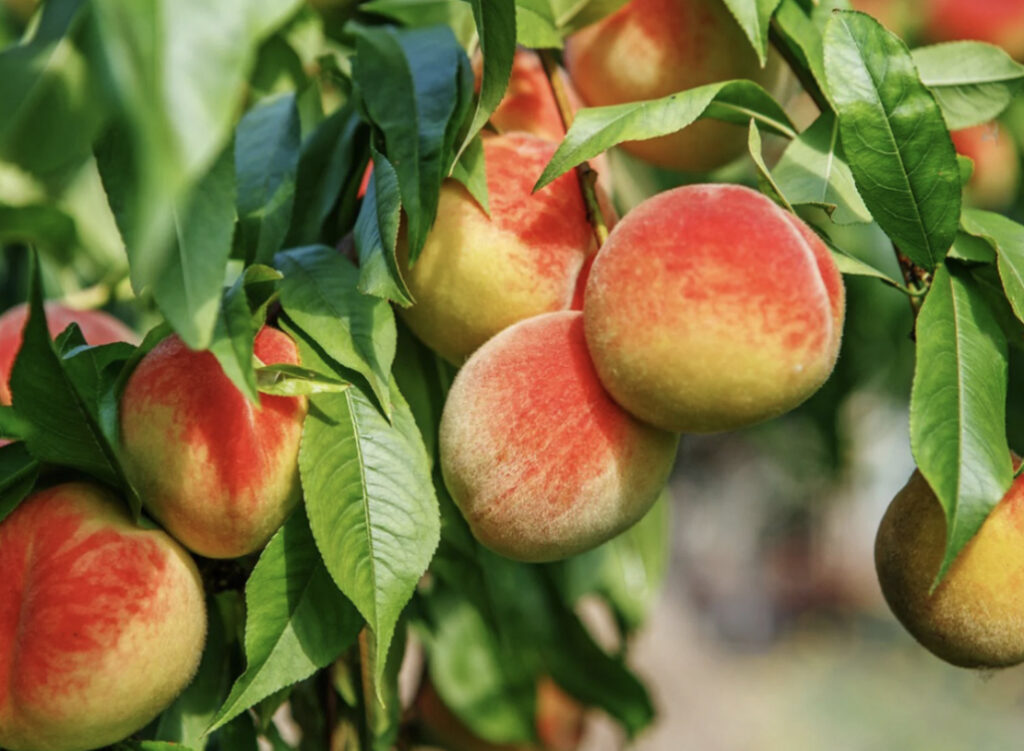
Peach trees, with their charming blossoms and juicy fruits, bring numerous advantages to a garden. Firstly, they are a source of delicious and nutritious peaches, offering a convenient and organic food source right in your backyard. The fruit can be enjoyed fresh, or be transformed into a myriad of dishes and preserves, thus contributing to a sustainable and localized food supply. Moreover, the breathtaking blossoms of peach trees enchant every spring with their soft, pink hues, enhancing the aesthetic appeal of the space. This striking floral display not only uplifts the visual aspects of a garden but also provides vital nectar to pollinators like bees, butterflies, and birds, thereby supporting local biodiversity.
Furthermore, peach trees offer a natural shade and can act as a windbreak, creating microclimates and enhancing the overall comfort of your outdoor space. Their foliage and branching also serve as habitats for various fauna, establishing a vibrant ecosystem in the garden. In addition, peach trees serve educational purposes, providing opportunities to learn about the cycles of nature, tree care, and horticulture. Furthermore, engaging in the caring processes of pruning, harvesting, and preserving encourages physical activity and promotes mental wellbeing by providing a therapeutic and rewarding hobby. Finally, cultivating peach trees fosters a sense of accomplishment, as you witness their growth and relish in the bounties they provide.
Establishing a Peach Tree from Seed
Embarking on a journey to cultivate a peach tree from its seed delivers a gratifying, albeit patient-requiring, endeavor. The process involves several stages beginning with the careful extraction of the kernel from a consumed peach’s pit. Utilizing tools such as a hammer or a nutcracker, the outer shell is cracked to expedite germination, followed by placement in a slightly moist soil-filled plastic bag. This bag then takes a residency in a refrigerator, emulating winter conditions to encourage germination. Upon witnessing root growth, the seedling navigates to a sun-drenched location, patiently awaiting outdoor relocation post-final frost.
Planting a Peach Tree
For those seeking a timelier route to peach-bearing, securing a young tree from a nursery provides a swift alternative. Vital to the tree’s success is selecting a variety compatible with the local climate, particularly noting its “chill hour requirement” – a dormancy period relying on colder temperatures. Planting ideally occurs in early spring or late winter, depending on whether the tree is container-grown or bare-root, respectively. The selected site should offer ample sunlight and protection from the wind, with sandy, well-drained soil sporting a pH between six and seven. Through careful planting and stake-driven support, the young tree finds its new home.
Strategies for Optimal Peach Tree Care
Attentiveness towards a peach tree’s needs maximizes the likelihood of a prosperous yield. Novice trees require approximately two gallons of water weekly, maintaining soil moisture without saturation. Early spring invites the application of a phosphorus-rich, nitrogen-light slow-release fertilizer. Annual pruning, tailored to the tree’s age, enhances subsequent years’ fruit production, while thin fruit elimination allows remaining peaches to absorb more nutrients. Proactive application of suitable fungicides and pesticides safeguards against potential pest infestations and diseases such as peach leaf curl and brown rot.
Guided Path to Peach Harvesting
Navigating the path to optimal peach harvesting entails a nuanced understanding of the various peach types and their respective ripening windows. Typically, peaches achieve their peak ripeness from late June through August, with color being a primary indicator of their readiness. Absence of green hues on the peach’s skin suggests maturation, but perhaps the most conclusive test lies in a simple taste of a sample peach prior to full harvest engagement.
Cultivating Patience: The Peach Tree Journey from Seed
Embarking on the adventure of propagating a peach tree from a mere seed unfolds a narrative of patience, observation, and the marvel of growth. The genesis of this journey commences with a delightful peach consumption, wherein the pit, often disregarded, is transformed into the protagonist. Delicate and strategic cracking of the pit, facilitated by commonplace tools like a hammer or a nutcracker, unveils the kernel – the harbinger of future germination. Subsequent envelopment in a plastic bag, nested within slightly moist potting soil, and a sojourn in the refrigerator, prompts germination through a pseudo-winter condition, also referred to as cold stratification. The sight of roots signifies a transition to a sun-bathed locale, as the seedling awaits its eventual passage outdoors, synchronized with the departure of the last frost.
Rapid Progression: Nurturing a Purchased Peach Tree
For enthusiasts desiring an expedited journey towards peach-bearing, acquiring a youthful tree from a reputable nursery propels them several steps forward. This approach necessitates a thoughtful selection of a peach variety, with critical emphasis on its compatibility with local climate dynamics, especially its “chill hour requirement.” With planting seasons strategically differentiated for container-grown and bare-root trees (early spring and late winter, respectively), the adoption of the young tree demands meticulousness. The optimal planting site couples generous sunlight and a shield from harsh winds, harboring sandy, well-drained soil, and a pH spectrum between six and seven. Implementation of planting protocols, underscored by the assurance of a support stake, provides the young tree with a structured, nourishing environment, laying the foundation for future growth and fruition.
Delicate Care: Ensuring a Flourishing Peach Tree
Ensuring a peach tree transitions from mere existence to a state of flourishing demands an amalgamation of calculated watering, nutritional supplementation, and strategic physical interventions. Young trees, absorbing approximately two gallons of water weekly, require a balanced moisture level, negating the extremes of dryness and saturation. A fortuitous spring heralds the integration of slow-release fertilizer, characterized by a rich phosphorus profile and moderated nitrogen content. Pruning, adhering to age-specific guidelines, optimizes future fruit production, with the simultaneous culling of smaller peaches post-blooming, allowing for a nutrient-focused development of the remaining fruit. A proactive stance towards disease and pest control, deploying preventative fungicides and pesticides, fortifies the tree against potential threats, preserving its health and productivity.
Peach Tree Genesis: An Odyssey from Seed to Sapling
Within the unassuming peach pit resides a promise of future lushness and juicy rewards. This journey from seed to tree, while lengthy, intertwines the joys of horticultural discovery with the tangible outcomes of home-grown produce. The initial phase necessitates a surgical precision in extracting the kernel from the pit, where a meticulous crack reveals the seed that holds the potential for a future tree. Strategically placing the kernel in a bag with slightly moistened potting soil and subsequently offering it a winter-like sanctuary in a refrigerator initiates the seed’s germination journey. The ensuing anticipation culminates in the emergence of roots and denotes a transition, whereby the emerging seedling finds a temporary home in a sunny spot until it’s robust enough to embrace the great outdoors.
The Accelerated Pathway: Opting for a Young Peach Tree
Bypassing the early stages of seed germination and seedling nurturing, one might opt for procuring a young tree, injecting immediacy into the peach-growing adventure. This route intertwines an understanding of regional climate peculiarities with a tree variety selection, establishing the foundations for a fruitful symbiosis between the peach tree and its environment. The dual planting windows – early spring for container-grown trees and late winter for bare-root ones – embody strategic moments wherein the young tree assimilates into its new habitat, facilitated by a carefully selected site which melds generous sunlight, wind protection, and hospitable sandy soil within a pH of six to seven. A supporting stake and methodical planting approach shepherd the tree through its early days in a new locale, underpinning its path towards fruitful maturity.
Holistic Nurturing: A Comprehensive Peach Tree Care Strategy
Peach tree care transcends mere hydration and encompasses a holistic strategy, considering nutritional, structural, and health aspects to sustain a thriving and productive tree. While young trees bask in a regimen of consistent watering, a judicious application of phosphorus-rich, low-nitrogen fertilizer in the welcoming days of spring ensures nutritional adequacy. Pruning is an art and a science, influencing not only the tree’s present stature but also its future fruit-bearing capabilities. The act of thinning smaller peaches post-bloom reciprocates with the luxury of nutrient allocation to the remaining fruits. Vigilance in disease and pest control, integrating preemptive applications of fungicides and pesticides, safeguards the tree against debilitating threats, securing both its vitality and fruit yield.
The Final Reward: A Timely and Tasteful Peach Harvest
A nuanced approach to peach harvesting, cognizant of varietal distinctions and ripening timelines, paves the way towards a bountiful and flavorful yield. While a general window from late June to August serves as a guideline, the true markers of ripeness encompass color and, most discerningly, flavor. A peach devoid of green undertones signals readiness, yet the irrefutable confirmation of ripeness materializes through a taste test, ensuring that the harvested peaches present the ultimate, succulent reward for the preceding years of patience and diligent care.
